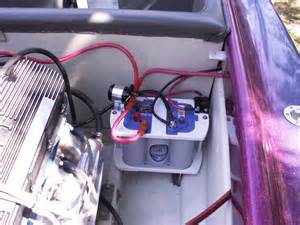
Marine Battery Maintenance
Based on an a article by Mark Corke
According to TowBoatUS, one in 10 calls for help is due to a dead battery or other electrical issues. Look after your battery, and it will serve you when you need it.
If a boat’s wiring is the lifeblood of your boat’s DC electrical system, then the battery is its heart, and your boat needs a healthy heart. But unlike the battery in your motor vehicle, which is probably used (and charged) fairly frequently, boat batteries can sit dormant for weeks or months at a time, which can lead to a dead battery when you want to use your boat.
Batteries 101
One of the main components of a battery is lead. A true deep-cycle battery will have thicker plates, therefore containing more lead. If comparing two similar batteries of the same size, the heavier one will most likely be of a better quality.
There are essentially three types of marine batteries: absorbed glass mat (often called AGM for short), gel cell, and lead-acid. By far the oldest and most common type, and least expensive, is lead-acid. In these batteries, lead plates are suspended in a solution of sulfuric acid, called an electrolyte.
AGM and gel batteries each have an electrolyte, too, but instead of being in a liquid form, it is retained as either a jelly (gel cell) or in an acid-saturated fiberglass mat (AGM). One advantage to these is that there’s no need to periodically top up the electrolyte as with conventional lead-acid batteries. Other advantages to AGM and gel batteries: they’re deep cycle, have a low self-discharge rate, and are safe for use in limited-ventilation areas because they’re closed. But they cost two to three times more than lead-acid models.
Topping up a lead-acid battery is necessary because, as the battery is charged, some of the electrolyte is converted to hydrogen gas and the level diminishes. The battery must be topped up using distilled water, and extreme care should be exercised when performing this maneuver. First, never look directly into the battery when the filler caps are removed, especially if the battery is being charged. Bubbles rise to the surface, and a popping bubble could splash acid into your eye. When working around any batteries wear eye protection, don’t smoke, and remove jewelry. A battery may only be 12 volts, but a short across the terminals will produce enough energy to melt metal. To get the most power from your battery, it’s essential that the connections to the terminal posts are clean and well made. Poor connections will increase electrical resistance causing voltage drop, which results in your electrical equipment – including your starter motor – not working as designed, or in some cases, not working at all.